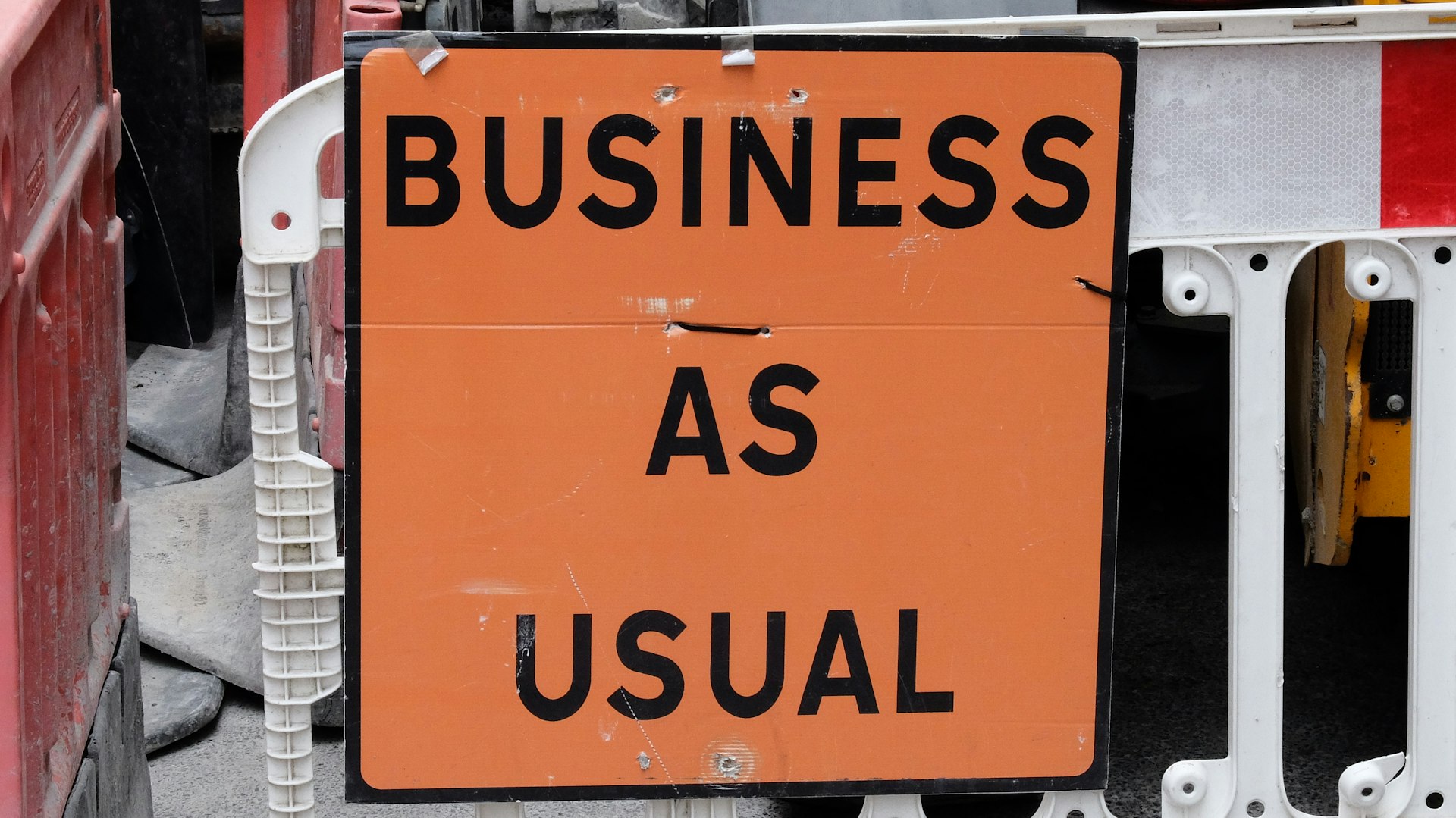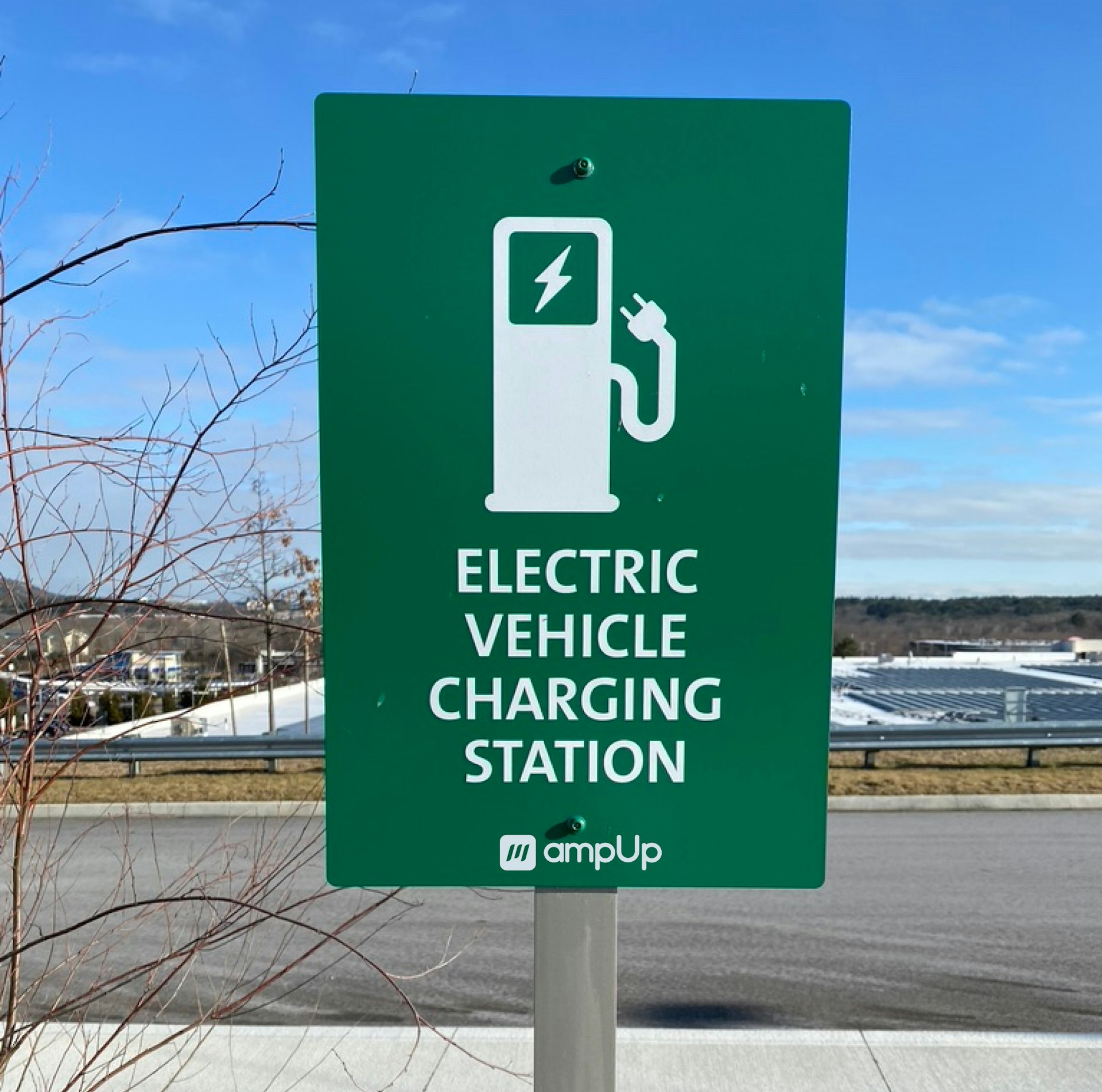Defending Your Finances: Actionable Strategies to Prevent Financial Scams in 2025

Photo by LOGAN WEAVER | @LGNWVR on Unsplash
Introduction: The Rapid Evolution of Financial Scams
Financial scams in 2025 are more sophisticated and damaging than ever. Criminals exploit technology, psychology, and gaps in organizational defenses to target individuals and businesses alike. As fraud methods evolve, so must our prevention strategies. This article provides actionable, research-backed guidance for recognizing scams, implementing robust fraud controls, and protecting your assets in a digital-first world.
Understanding Today’s Most Dangerous Financial Scams
Recent surveys reveal that over a third of U.S. consumers were targeted by financial fraud between January 2024 and January 2025, with nearly 40% experiencing monetary losses [1] . Scammers now use advanced techniques such as generative AI deepfakes, pig butchering scams, QR code phishing, and authorized push payment (APP) fraud to trick victims out of money or access sensitive data [1] .
AI-Assisted Deepfake Bank Fraud: Criminals create convincing audio and video deepfakes to impersonate trusted contacts or employees. These digital forgeries are used to request transfers or sensitive information, often bypassing traditional verification methods [1] .
Pig Butchering Scams: Scammers build fake relationships through social media or dating apps, slowly gaining trust before convincing victims to invest in fraudulent schemes. The emotional manipulation makes it difficult for targets to recognize the scam until substantial losses occur [1] .
Check Fraud: Despite digital transitions, checks remain highly vulnerable. Criminals intercept, alter, or forge checks, leading to billions in annual losses. Prevention requires thorough verification and monitoring of check transactions [2] .
Fraud as a Service: The rise of “Fraud as a Service” (FaaS) on the dark web has democratized access to scam tools and guides, making it easier for less-skilled criminals to execute sophisticated fraud. This trend underscores the need for comprehensive, multi-layered prevention strategies [2] .
Why Prevention Is Essential
Detection is vital, but
prevention
remains the most effective strategy. Organizations that invest in strong internal controls, regular fraud risk assessments, and independent forensic investigations experience fewer, less severe fraud cases
[3]
. The median loss per occupational fraud case is approximately $145,000, underscoring the importance of proactive protection
[3]
.
Key Prevention Measures
To safeguard your finances, consider these essential steps:
- Implement multi-factor authentication for all online banking and payment accounts.
- Regularly monitor account activity and immediately report suspicious transactions to your bank.
- Educate yourself and staff about the latest scam tactics, including deepfakes, phishing, and APP fraud.
- Never share sensitive information in response to unsolicited calls, messages, or emails-even if they appear to be from trusted sources.
- Verify payment requests independently, especially those involving large sums or urgent deadlines.
- Protect check payments by using secure mailing options, monitoring cleared checks, and employing positive pay solutions.
Technology: The Front Line of Fraud Prevention
Modern fraud prevention relies heavily on advanced technology, including machine learning, real-time transaction monitoring, and consortium analytics [4] . These tools analyze patterns of behavior and flag anomalies for further investigation. While technology is indispensable, it must be paired with vigilant human oversight and continuous staff training.
Effective programs use:
- Machine learning algorithms to detect unusual patterns in payments, login attempts, and account changes.
- Consortium analytics that pool data across institutions to identify fraud trends early [2] .
- Forensic data monitoring for real-time alerts and rapid investigation [3] .
Regulatory and Industry Collaboration: The New Standard
In 2025, regulatory bodies are imposing stricter anti-fraud requirements. Institutions must demonstrate robust prevention strategies and often compensate victims for verified unauthorized transactions [5] . Collaboration among banks, payment providers, and technology companies is increasing, allowing for the sharing of intelligence and harmonized standards. This helps prevent scams before they reach the consumer.
Individuals can benefit from these efforts by:
- Choosing financial institutions with transparent fraud protection policies and 24/7 support.
- Staying informed about changes in consumer reimbursement rules and reporting requirements.
- Seeking out banks that participate in collaborative intelligence networks.
How to Protect Yourself: Step-by-Step Guidance
Even with robust institutional defenses, individuals must remain vigilant. Here’s how you can protect yourself:
- Monitor Accounts Frequently: Check your bank and credit accounts weekly for unauthorized activity.
- Use Strong Passwords: Create long, unique passwords for each account and update them regularly.
- Enable Multi-Factor Authentication: Most banks offer this feature; activate it via your account settings.
- Educate Yourself: Review fraud resources provided by your bank or credit union. Many offer free webinars and guides.
- Report Suspicious Activity: If you suspect fraud, contact your bank immediately. Banks often compensate for losses in unauthorized transactions after prompt reporting [1] .
- Verify Before Sending Money: For large transfers, confirm the recipient’s identity through a phone call or in-person meeting.
- Be Wary of High-Pressure Tactics: Scammers often create urgency. Pause and verify before responding.
- Protect Paper Checks: Use secure mailing options and review cleared checks each month.
What To Do if You Become a Victim
If you suspect you’ve been targeted by a financial scam:

Photo by Dylan Hunter on Unsplash
- Contact your financial institution immediately to freeze accounts and begin an investigation.
- File a complaint with the Federal Trade Commission by searching for “FTC complaint” on the official FTC website.
- Report the scam to local law enforcement and, if applicable, the FBI Internet Crime Complaint Center-search for “IC3” on the official FBI website.
- Consider placing a fraud alert or credit freeze with major credit bureaus.
Many banks will reimburse losses from unauthorized transactions if you act quickly and follow proper reporting protocols [1] . If uncertain about the process, contact your bank’s fraud department or visit their official website for step-by-step instructions.
Alternative Approaches and Continuous Improvement
While technology and regulatory oversight are crucial, maintaining a culture of fraud awareness is equally important. Host regular training sessions, subscribe to fraud alert newsletters, and participate in community education programs. If you’re an organization, consider investing in forensic expertise and continuous monitoring to stay ahead of evolving threats [3] .
If you need help accessing fraud prevention resources, reach out to your bank’s customer service, search for “fraud prevention” on their official website, or consult industry groups such as the Association of Certified Fraud Examiners.
Key Takeaways
Financial scams are an ever-present threat, but by combining advanced technology, regulatory awareness, and personal vigilance, you can dramatically reduce your risk. Prevention is not just a cost-it’s a strategic investment in your financial security.
References
[1] Arthur State Bank (2025). The Latest Banking Fraud Trends in 2025: What You Need to Know.
[2] Verafin (2025). Fraud Trends & Technology: 5 Inflection Points for 2025.
[3] Deloitte (2025). Fraud methods are evolving. What should organizations do to stay ahead?
[4] Jack Henry (2025). 2025 Fraud Trends: Protecting Against Emerging Threats.
MORE FROM smartsavingsfinder.com













